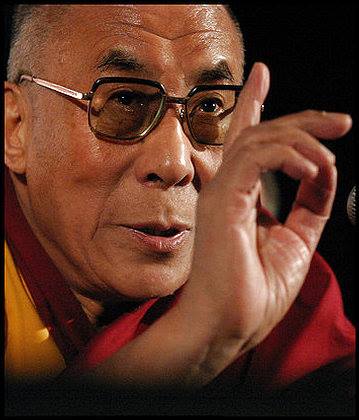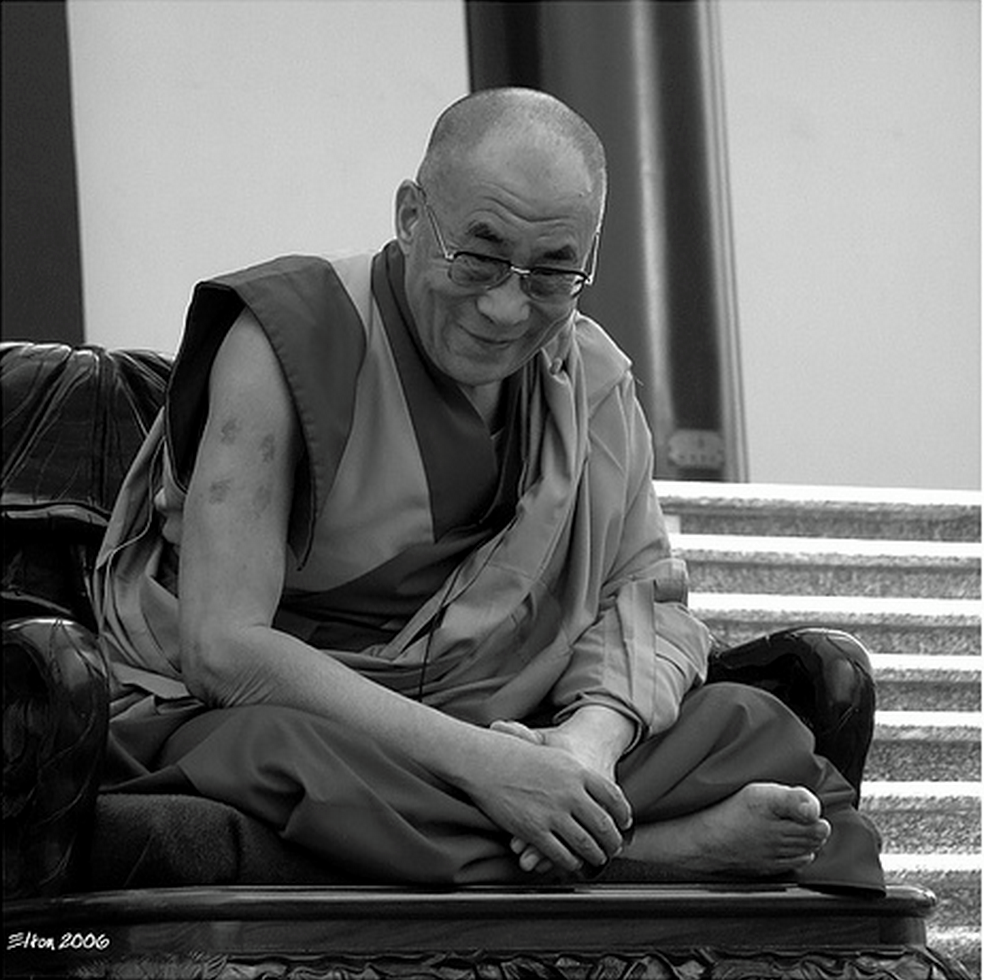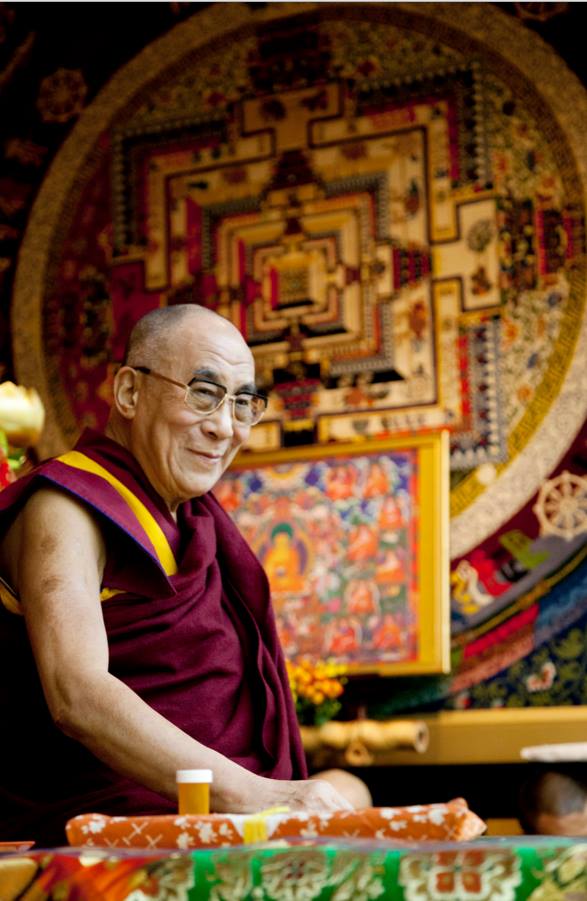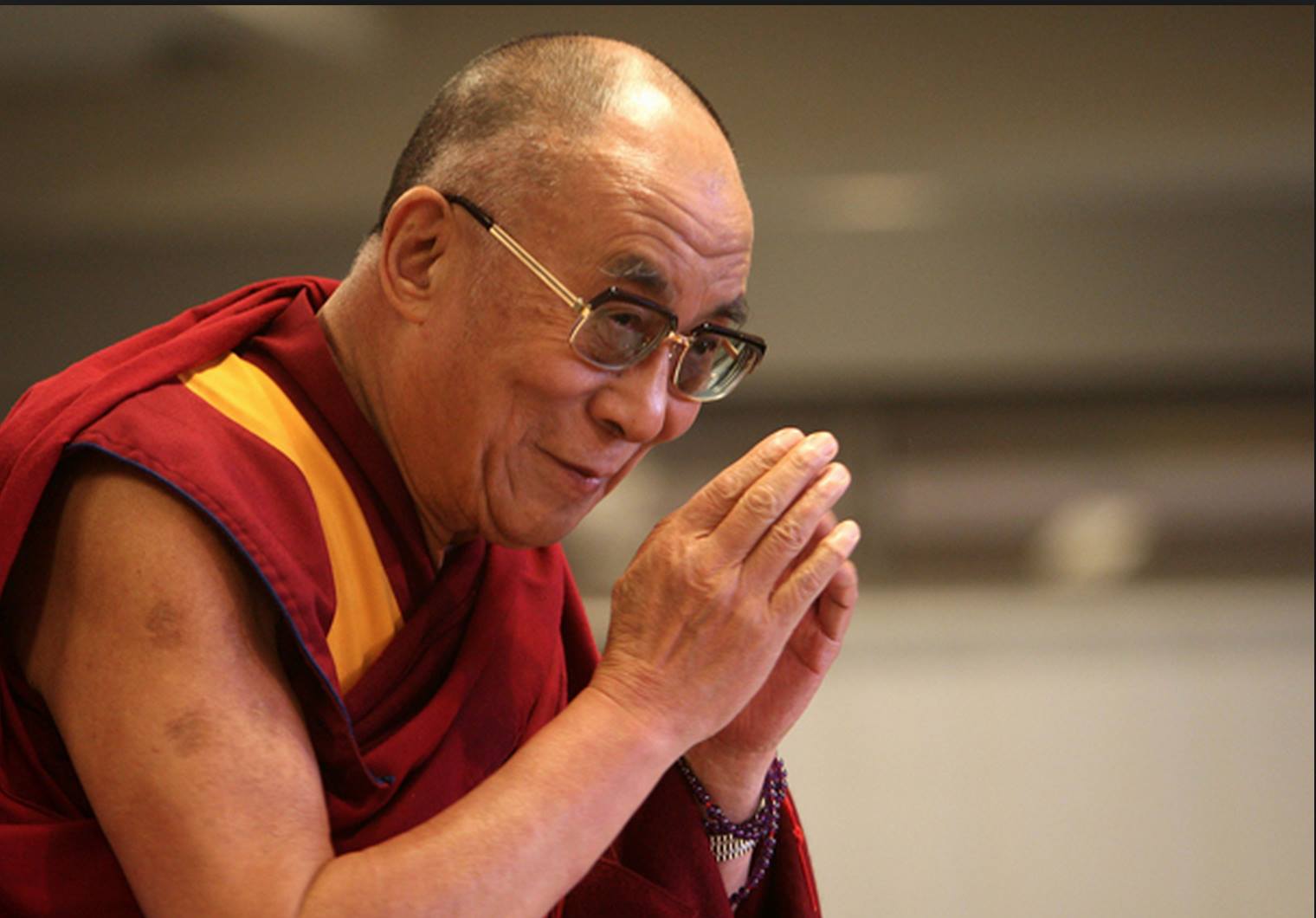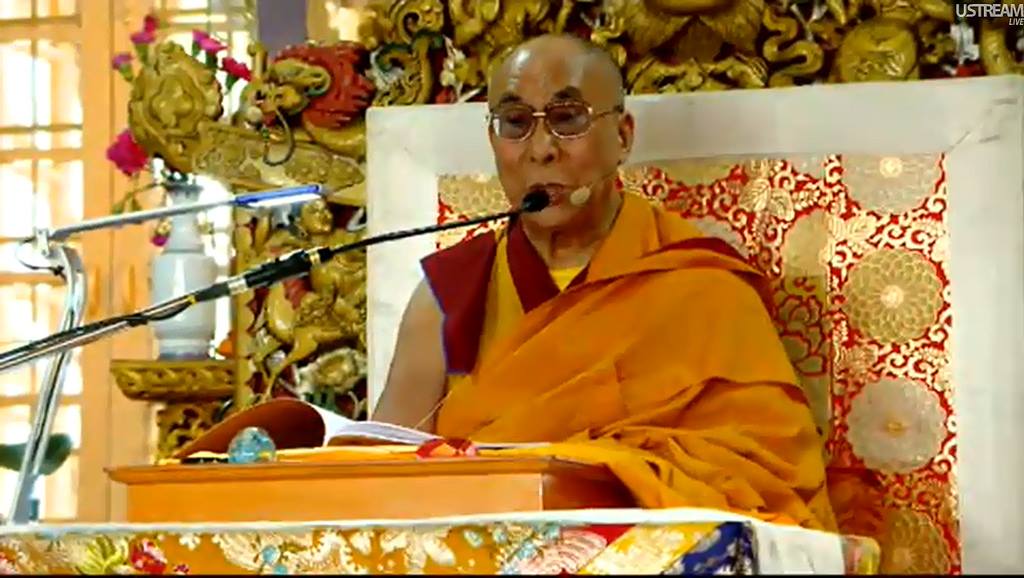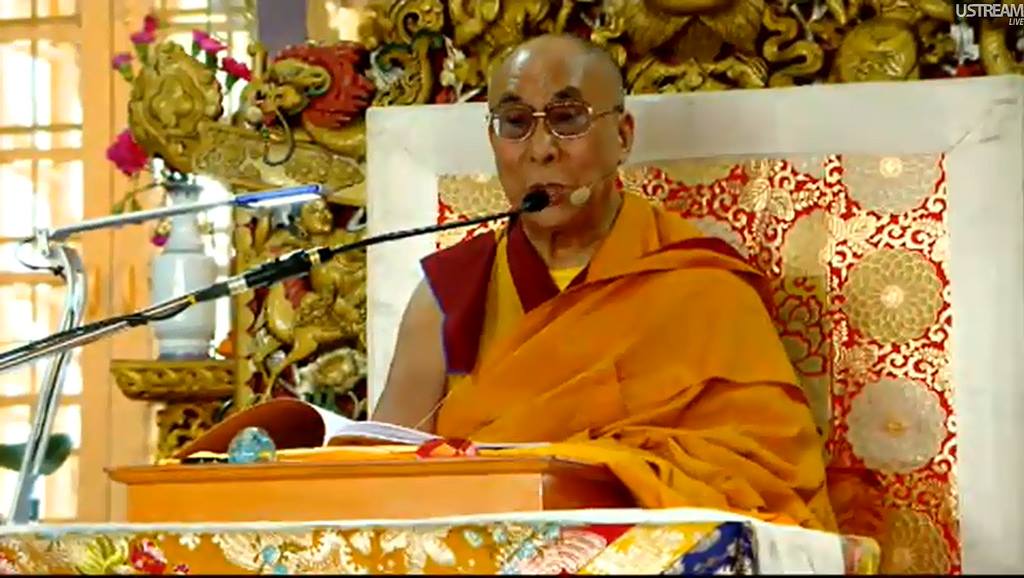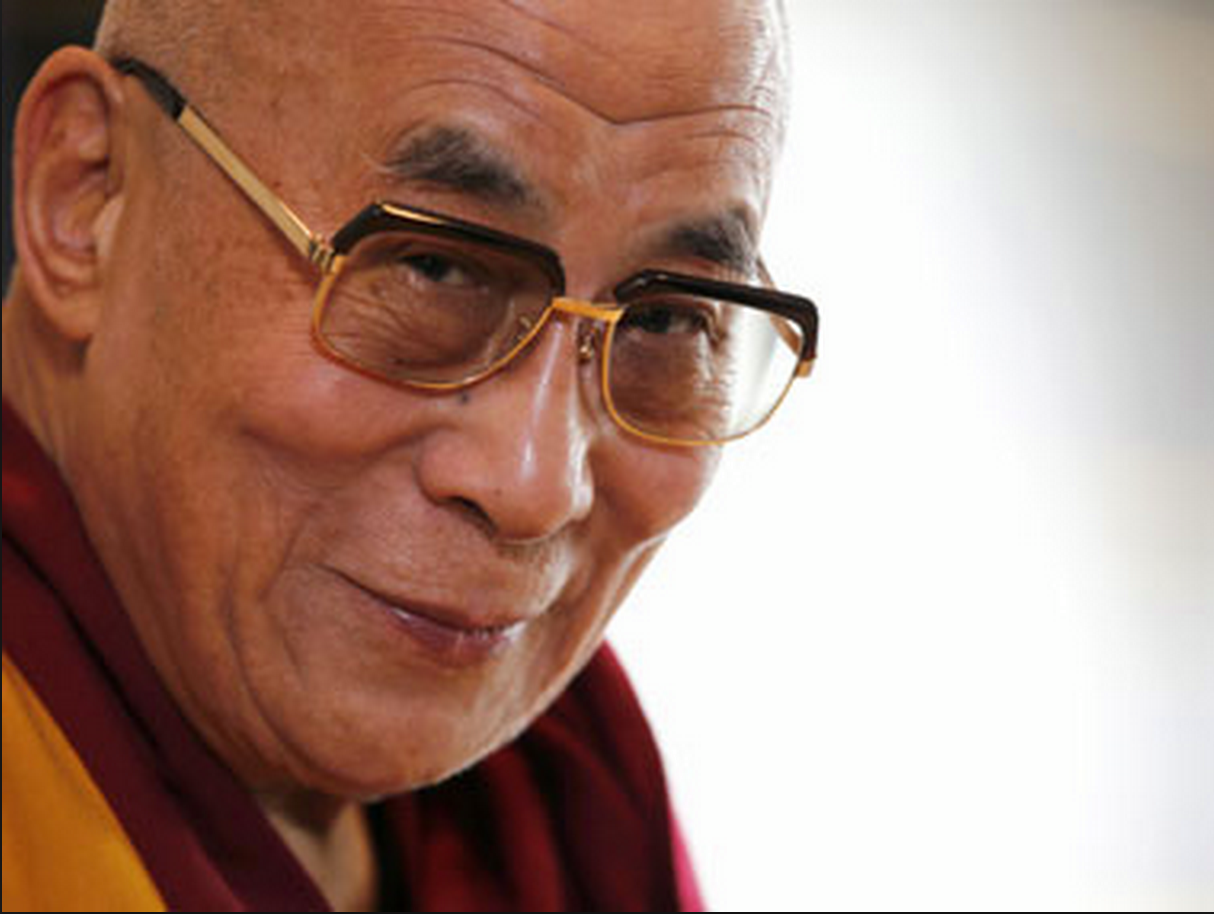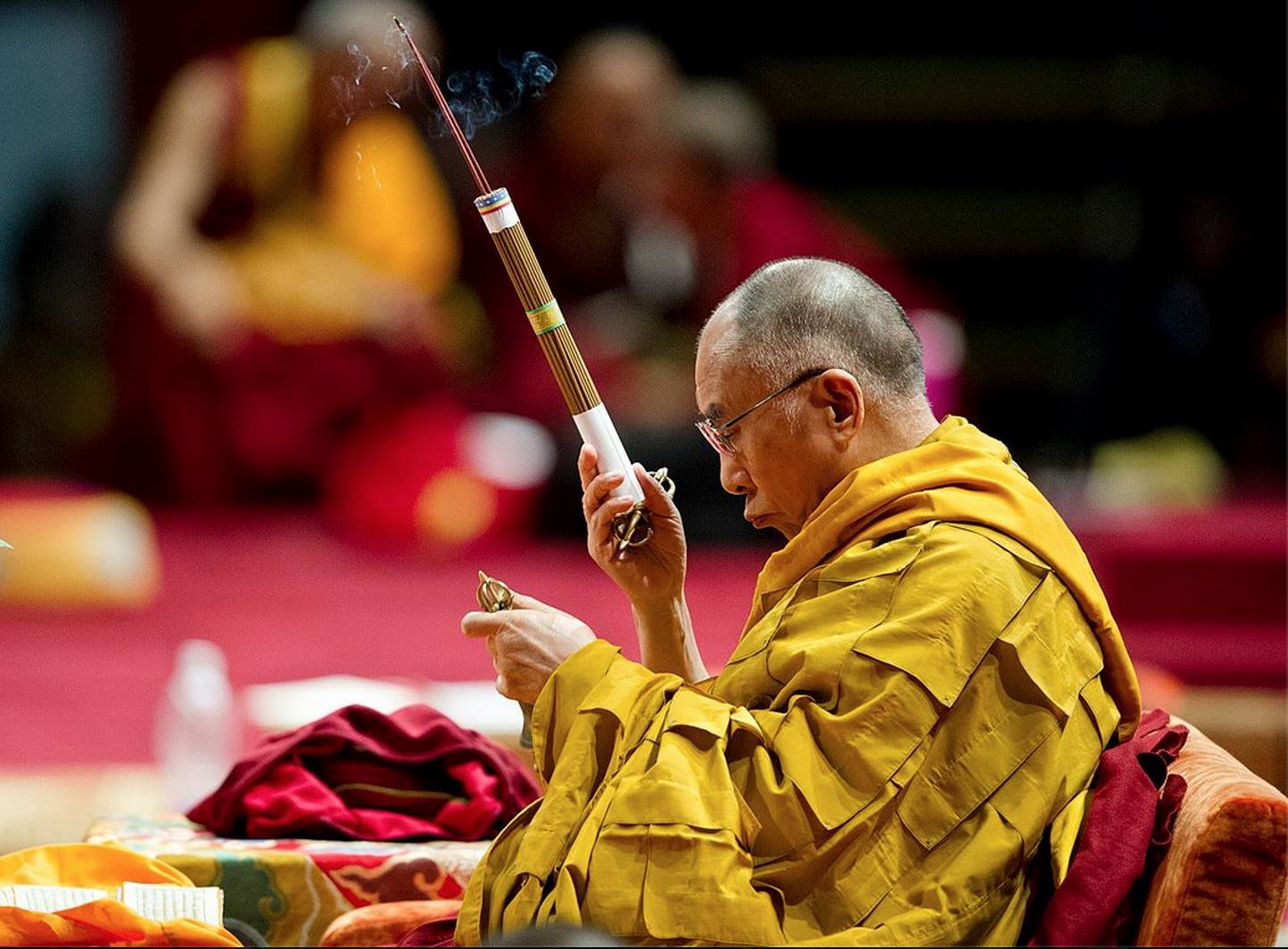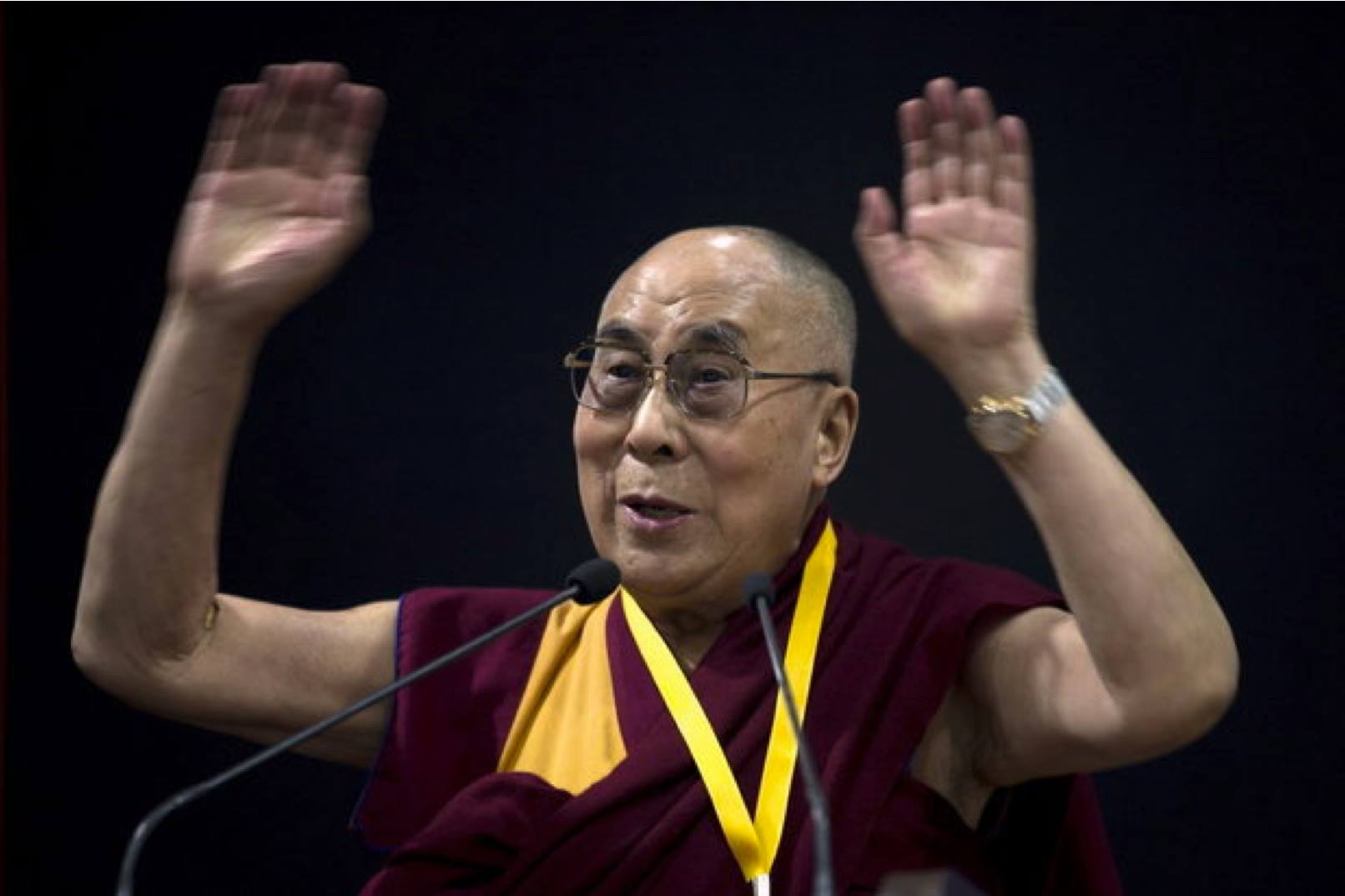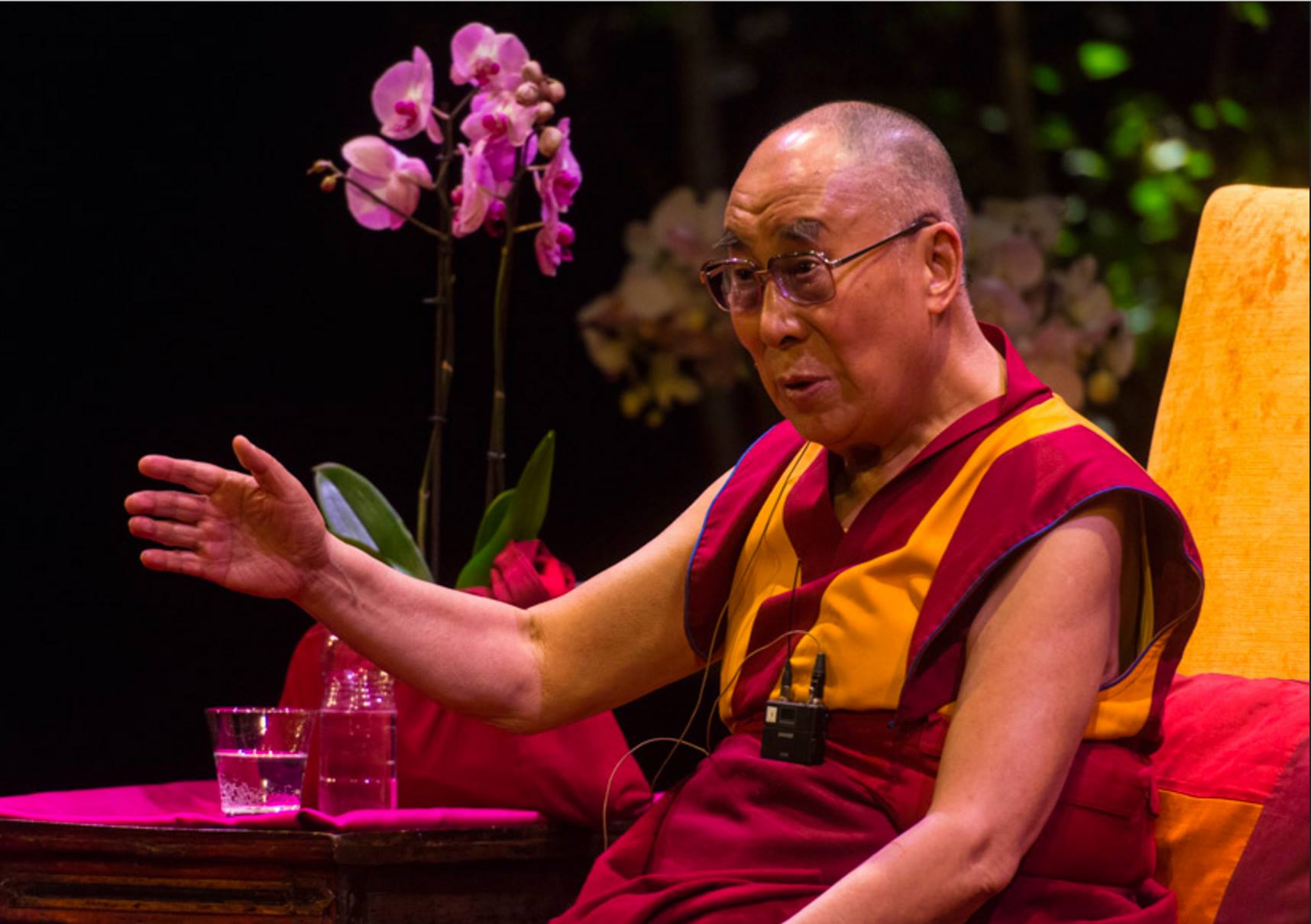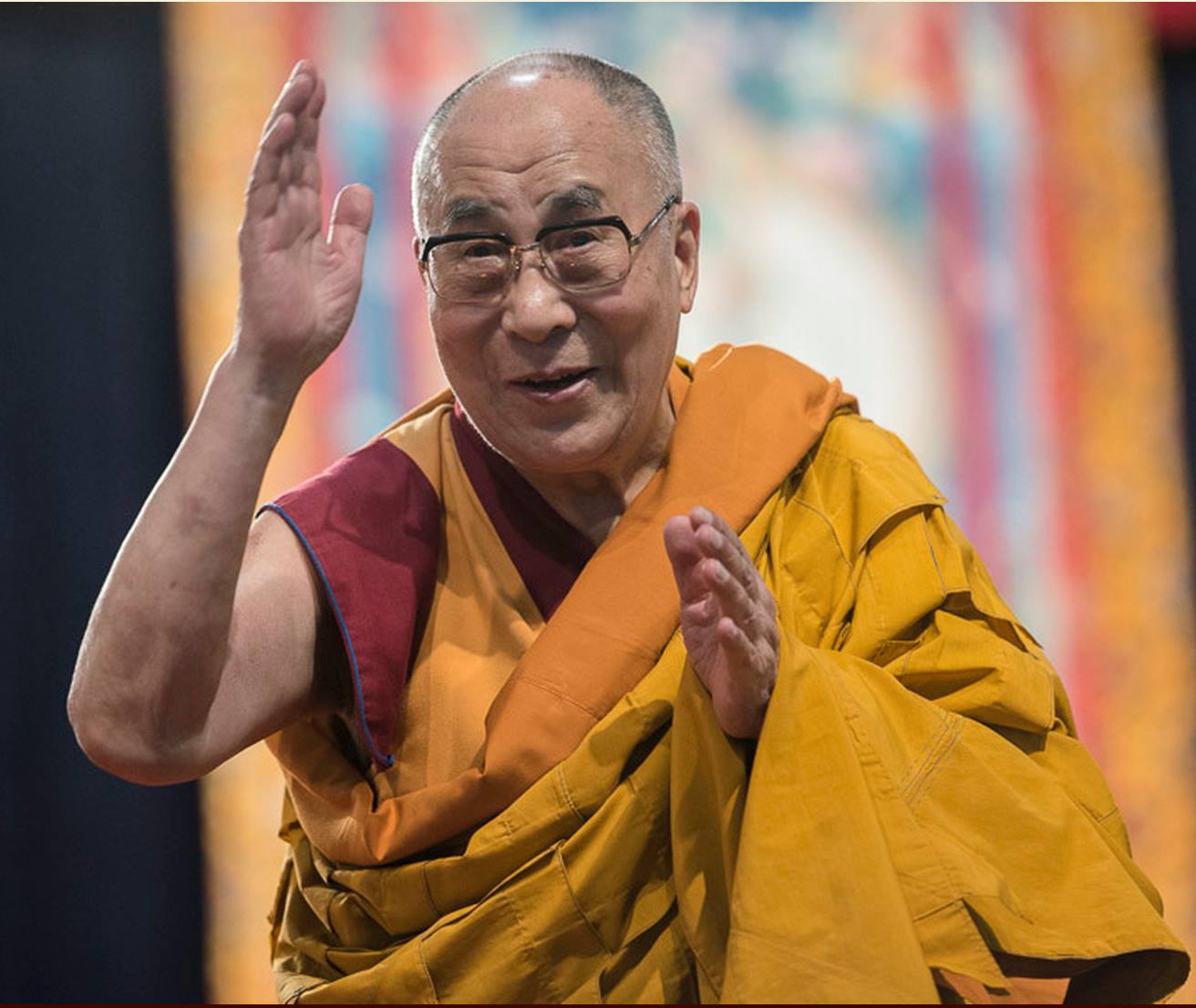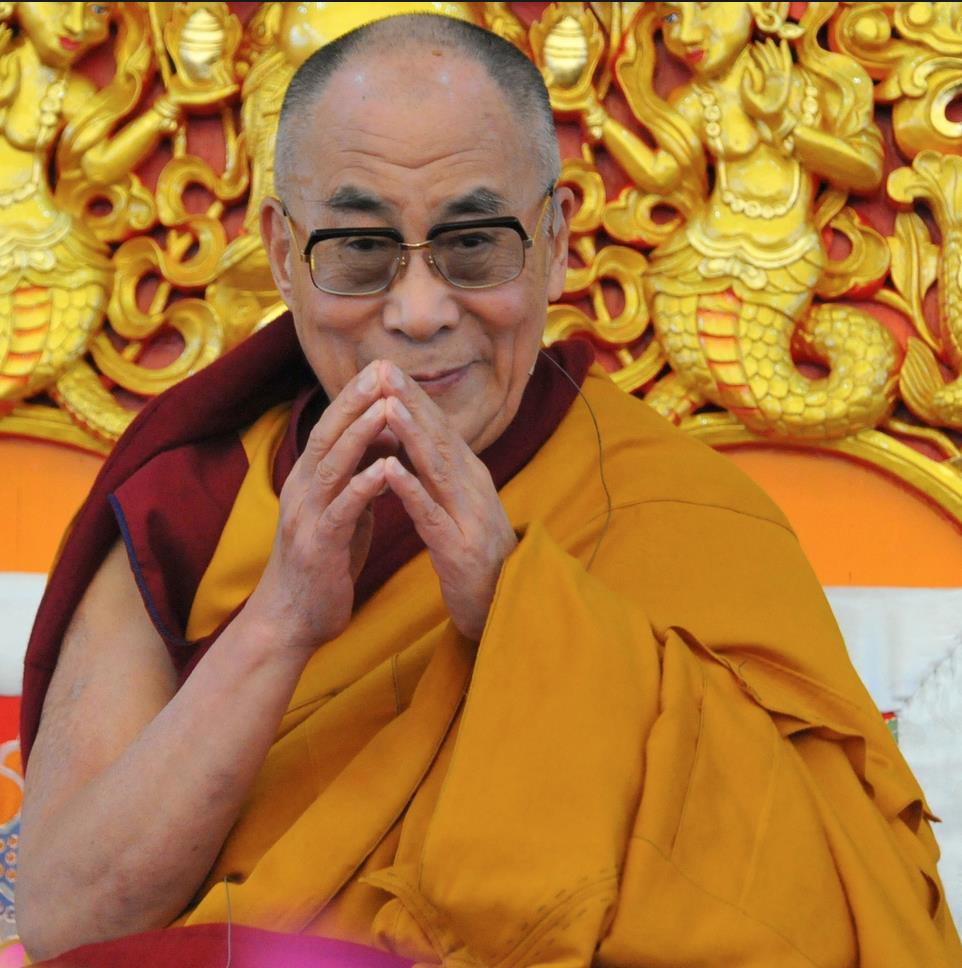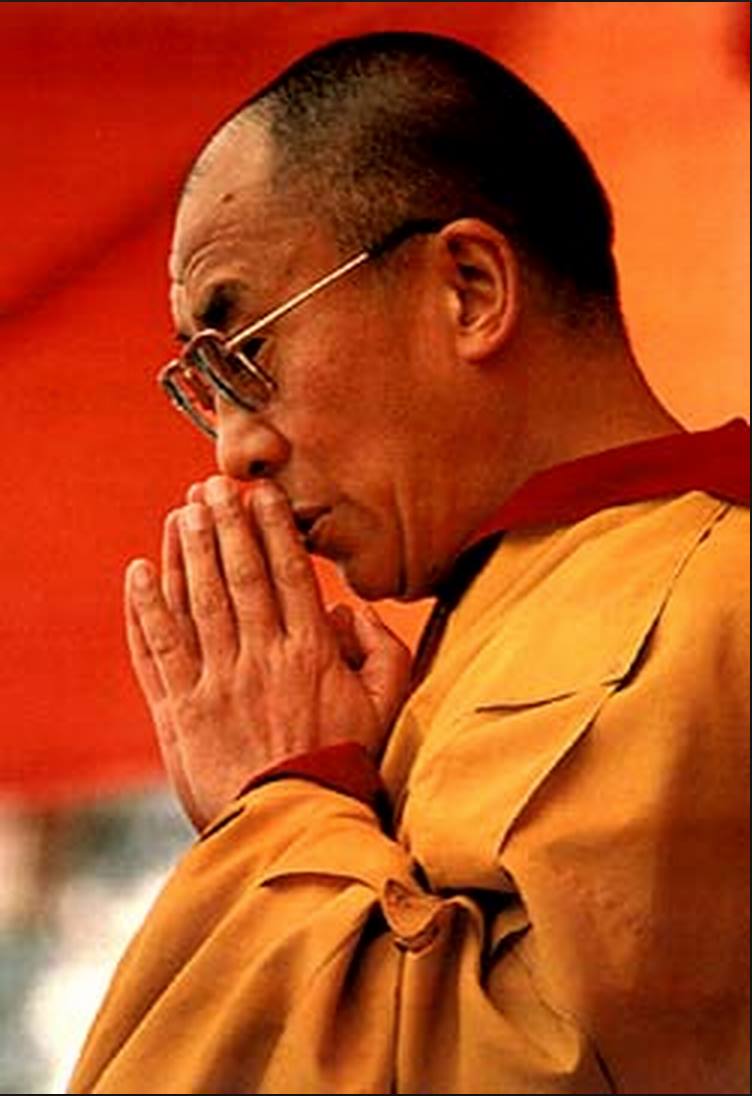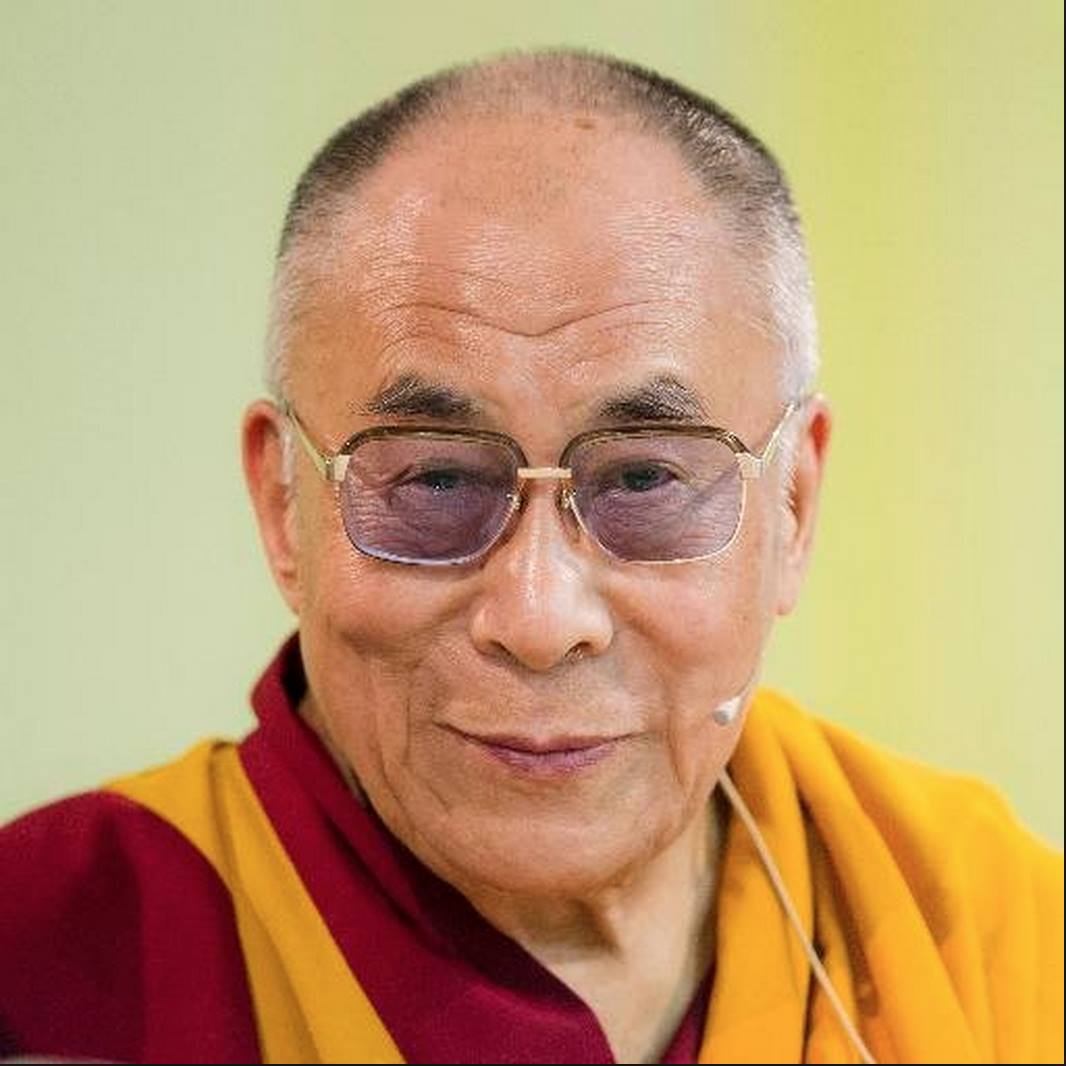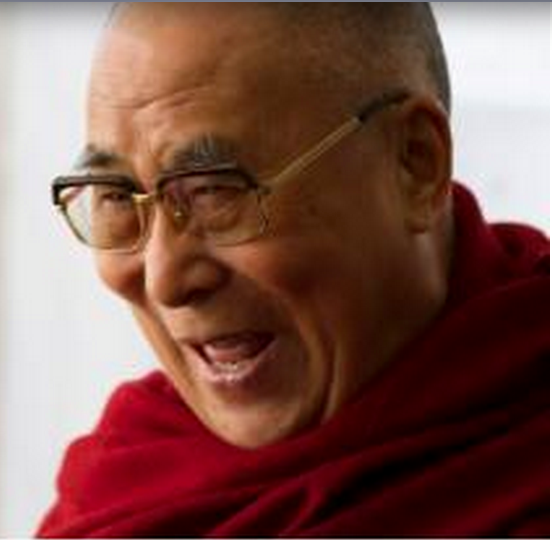
His Holiness the Dalai Lama: In the Tibetan tradition if you receive a commentary from someone who is part of an unbroken lineage of transmission, tracing back to the original author of the text – there is an added dimension of spirituality.
1 His Holiness The Dalai Lama: Commentary on The Precious Garland “Ratnavali” of Nagarjuna
The teachings were held at UCLA June 5-8, 1997.
Tenzin Gyatso, His Holiness the Dalai Lama
We are now beginning a series of teachings which will be starting today for 3 and 1/2 days. The first part of the series of teachings will be a lecture on The Precious Garland, Nagarjuna’s text, which I shall present as a lecture, more as a kind of introduction into the basic teachings of Buddhism. The 2nd part of the teachings will be an empowerment ceremony that I will be more of the sort of traditional religious teaching for which there is a requirement for the teaching to be conducted in the traditional format of the guru giving instructions to disciples.
At the beginning of the session today, the elders from the Theravada tradition will be doing a recitation of the Mangala Sutta, which I feel would be very auspicious.
[His Holiness and the Theravada monks, which were led by the late Ven. Havanpola Ratanasara, chant the Threefold Refuge formula, followed by the monks reciting the sutra. See below.] Continue reading
